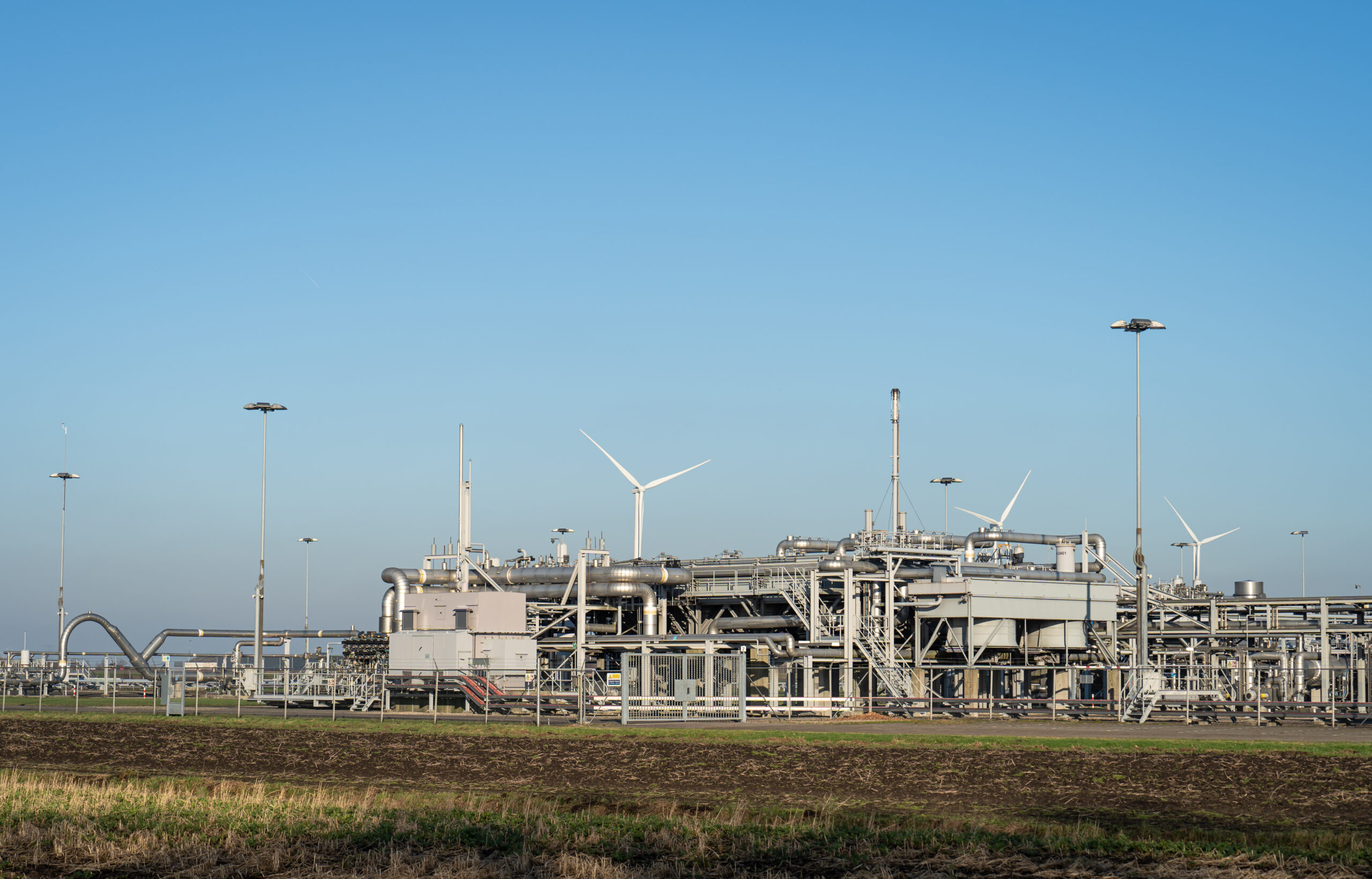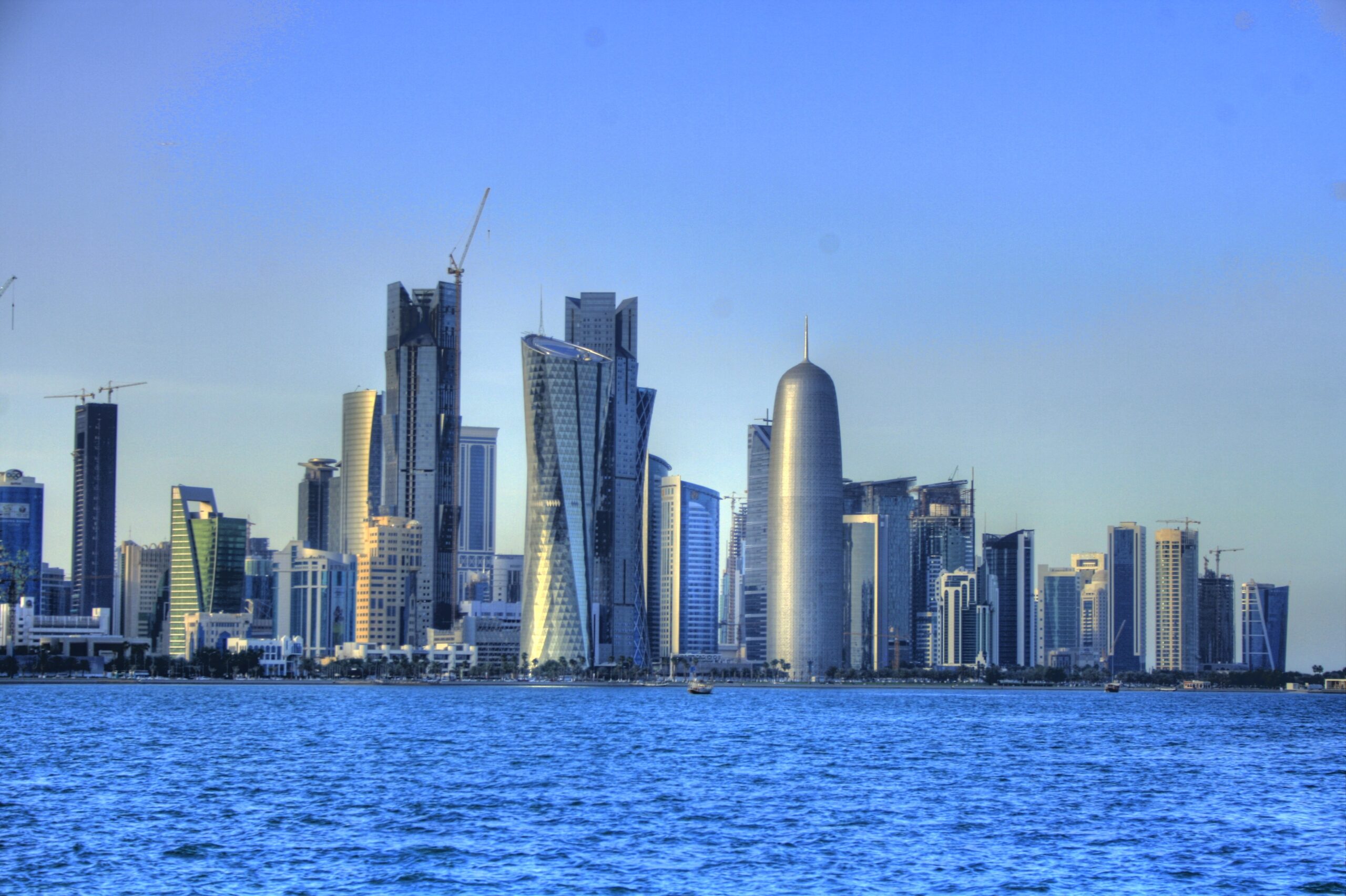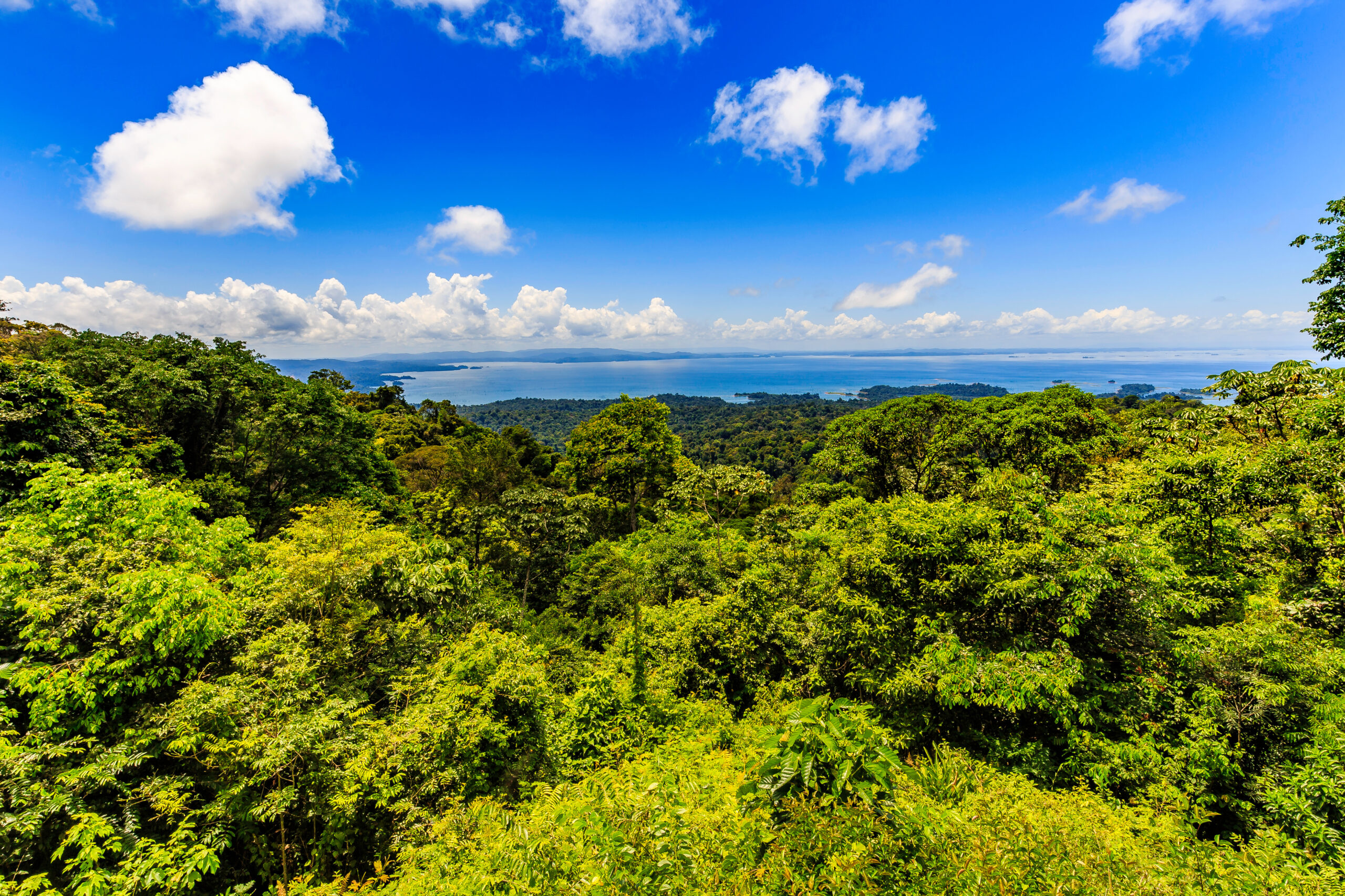Final decision looms for troubled Groningen gas field
The Dutch government will in June decide whether the Groningen gas field will be closed down for good this October. The field has been subject to plenty of controversy in recent years, and the results of an in-depth inquiry into the earthquakes and related matters were presented last week.

Discovered in 1959, the Groningen gas field, located in the northeastern part of the Netherlands, was once one of the world’s largest. Production peaked at almost 88 bcm in 1976, and in 2014 the field was still producing near 54 bcm. Since then, production has declined steadily and last year it dropped below 5 bcm.
The Groningen field is currently on pilot light which means that a minimum amount of gas is extracted, about 3.2 Bcm/y, so that wells can remain open.
In 2018, the Dutch government decided to close the Groningen field for good. This followed public pressure following a series of earthquakes, notably in 2012 when an earthquake with a magnitude of 3.6 on the Richter scale occurred in Huizinge.
A spokesperson for the Dutch ministry of economy and climate confirmed to Gas Outlook that a final decision regarding the field’s closure will be taken this summer.
“In June the government will decide whether Groningen will be closed down this October, or October next year,” he said.
Despite public pressure to close Groningen, the fragile geopolitical backdrop and severe cuts to Russian gas supply mean that powerful voices also want the field to keep producing.
In a letter sent in late January to State Secretary Hans Vijlbrief, Dutch TSO Gasunie advised to keep the Groningen field on the pilot flame for the coming gas year 2023-2024 and not to close it definitively yet. Gasunie said the current geopolitical situation makes the final closure of the field in October 2023 “risky from the point of view of supply.”
“The final closure of the Groningen field remains the aim, but the complete cessation of Russian gas imports and the uncertainty on the international gas and energy markets unfortunately mean that various scenarios are conceivable in which security of supply in the Netherlands cannot be sufficient guaranteed next winter without the back-up availability of the Groningen field,” Gasunie said in a statement.
Damages and risks
Meanwhile, the 2012 earthquake caused a lot of damage to buildings. It is estimated that some 13,000 homes do not yet meet safety standards, according to the Dutch government. This means they are at risk of collapsing if there is another heavy earthquake.
“The earthquakes cause more damage than their magnitude would lead you to expect. This is due to the fault lines in the Groningen subsurface, the type of subsurface and the fact that the earthquakes occur at fairly shallow depths,” the government said in a note from October last year.
In February 2021, a parliamentary committee of inquiry was set up to carry out an in-depth investigation into the decision-making process surrounding the extraction of natural gas in the Groningen region, the earthquakes, the handling of damage claims and the reinforcement of houses in the area. The committee presented its final damning report to the House of Representatives last Friday.
The Dutch government has earmarked more than 10 billion euros in compensation for damages and reinforcements for Groningen residents up to 2028, according to the ministry. But a lot of work remains in order to resolve the situation.
“The inquiry showcased how badly the government handled the situation in Groningen. Locals are angry about the red tape they experienced; many of them are still waiting to be compensated for the damage,” Louise van Schaik, Head of Unit EU and Global Affairs at the Clingendael institute, a Dutch think-tank, told Gas Outlook.
“For many years the government was only concerned about pumping up as much gas as possible to increase the income for the government.”
Diversification of supplies
The ministry confirmed earlier this month that the Netherlands no longer imports piped gas from Russia, although it still imports Russian LNG. Prior to the invasion of Ukraine, Russian gas accounted for 25% of Dutch imports.
Nevertheless, the Netherlands has recently taken steps to diversify gas imports. In September it installed two floating LNG terminals in Eemshaven and the onshore Gate LNG terminal in Rotterdam is undergoing capacity expansions.
Moreover, the Grijpskerk gas storage facility has in recent months been converted from high- to low-calorific ‘Groningen gas.’ Gasunie recently also announced that – after several delays – the new nitrogen plant in Zuidbroek will be fully operational by October 1st at the latest. This plant will produce low-calorific gas by adding nitrogen to mostly imported high-calorific gas.
In 2022, natural gas consumption in the Netherlands was down by 25% relative to 2021, according to figures from Statistics Netherlands (CBS). Total consumption stood at 31 bcm, the lowest level since 1972, owing to savings from households and industries. However, LNG imports were up by over 9 bcm, over double the imports in 2021.
The share of renewables is also growing, both for solar and wind. Renewables produced about 44% of electricity in the Netherlands in the second quarter of 2022, a bit more than the share of gas, according to CBS.
But some say the energy transition is not happening fast enough.
“Gas was presented as transition fuel and the Netherlands could become the gas roundabout of Europe whilst neglecting climate objectives and investments into renewables,” said van Schaik.



